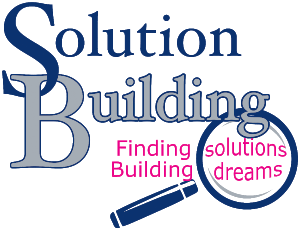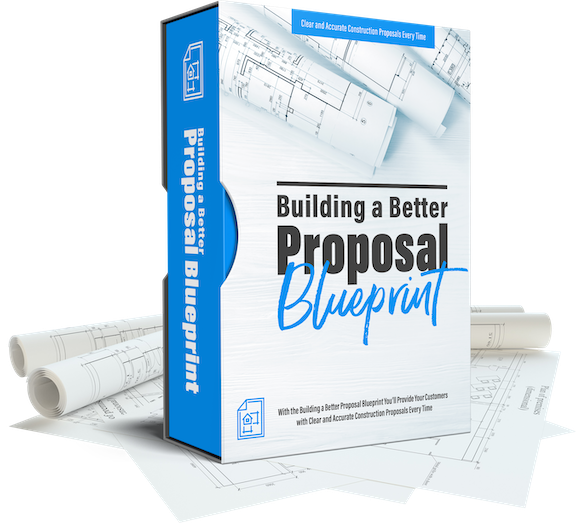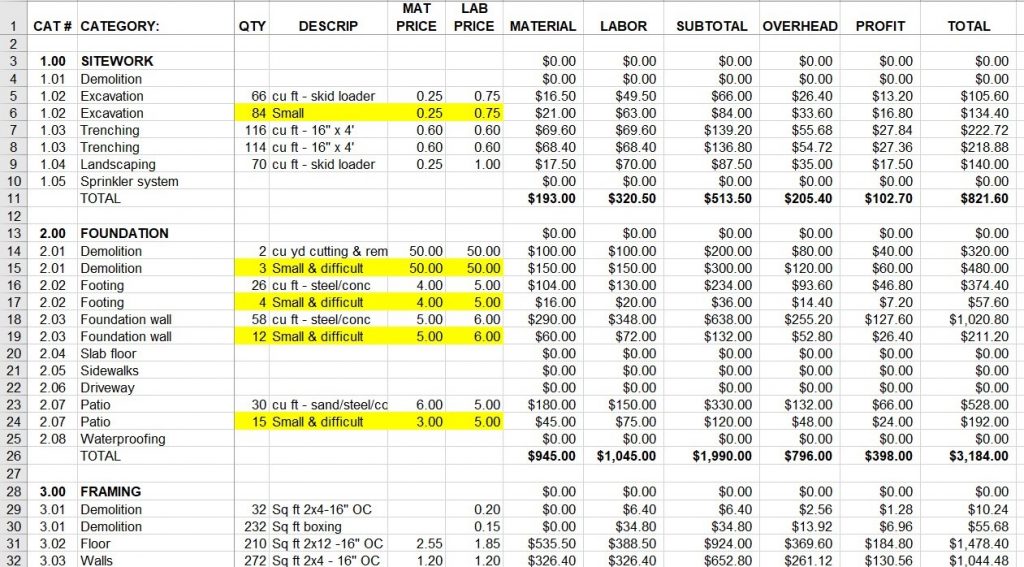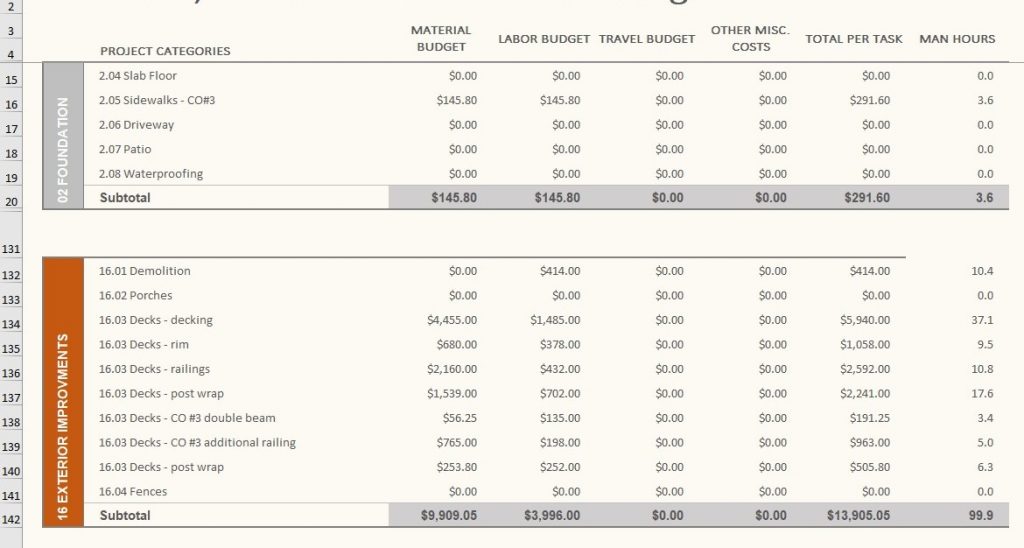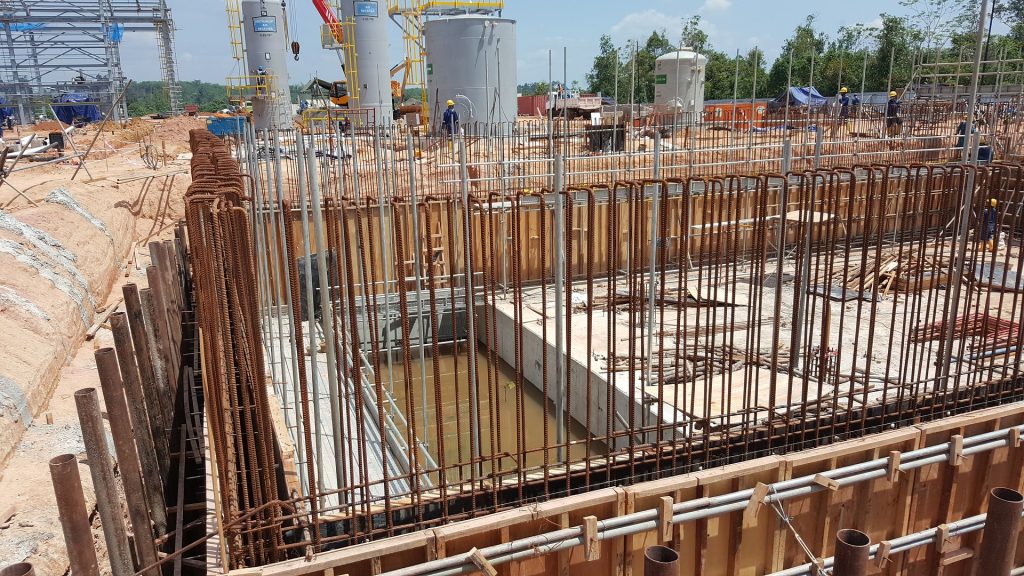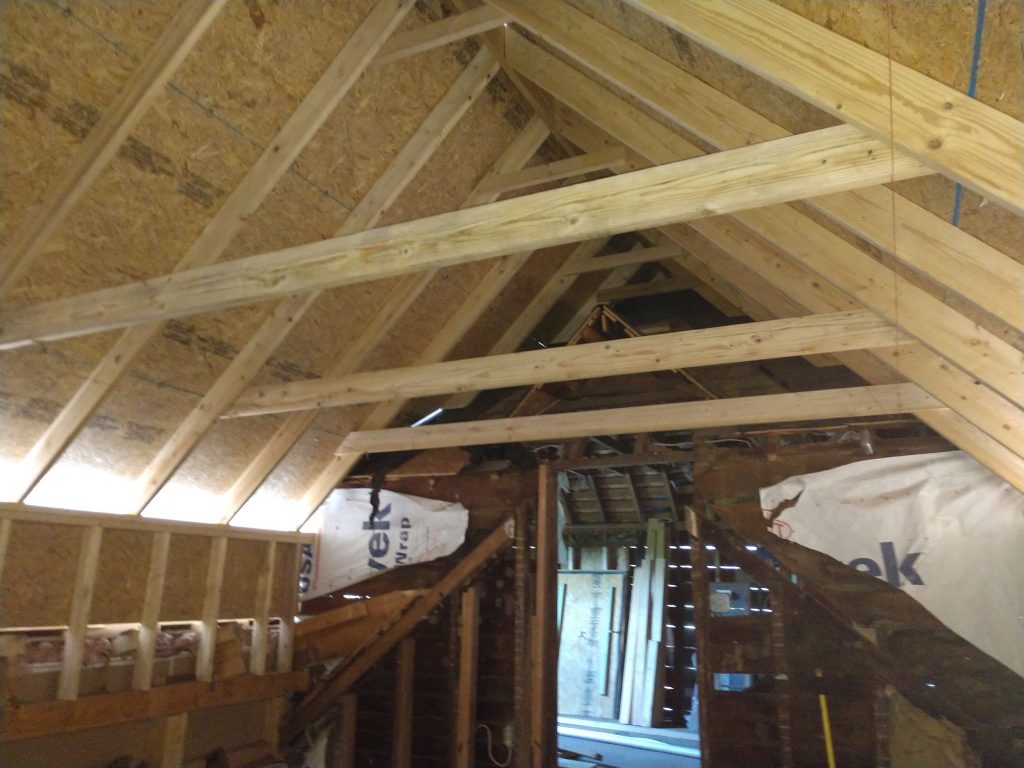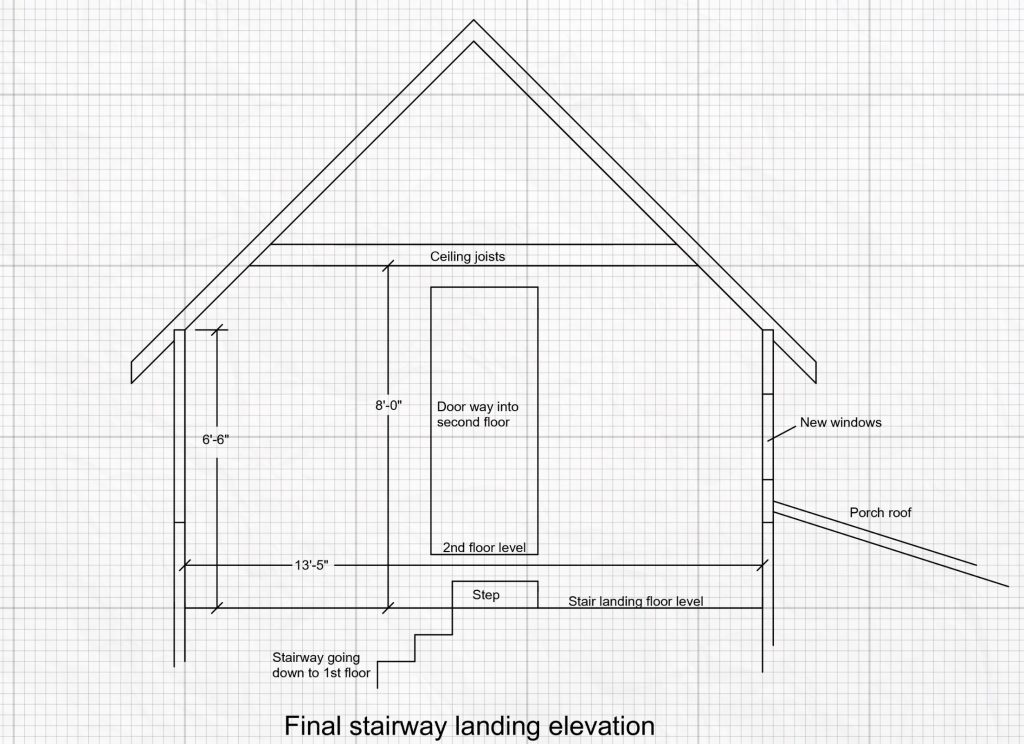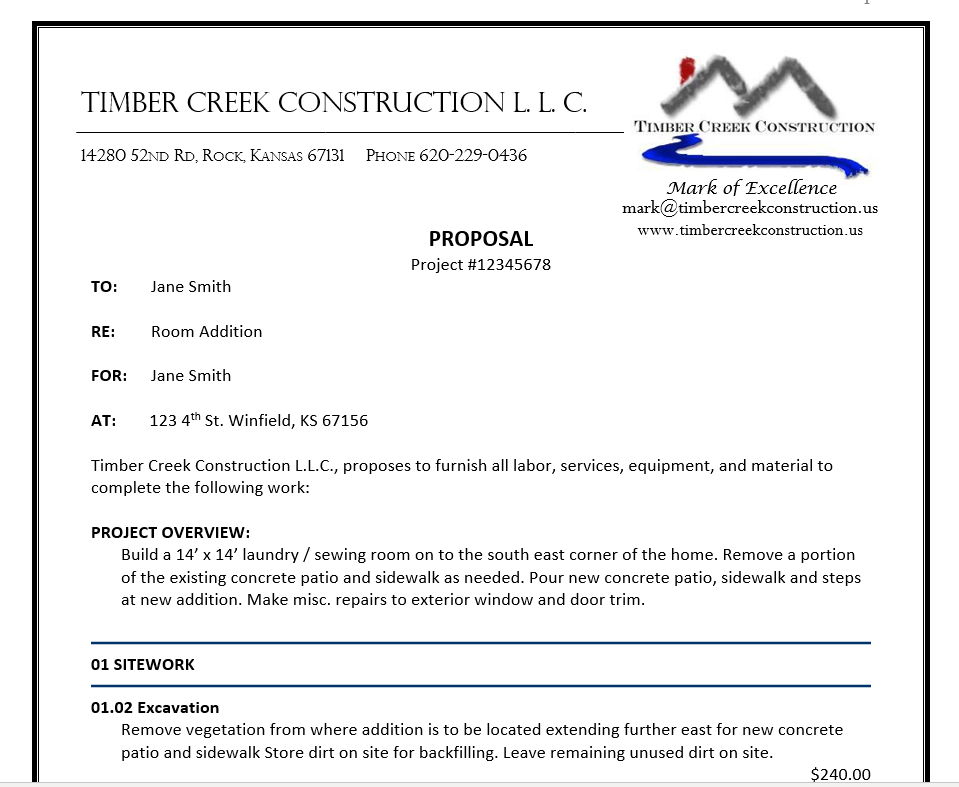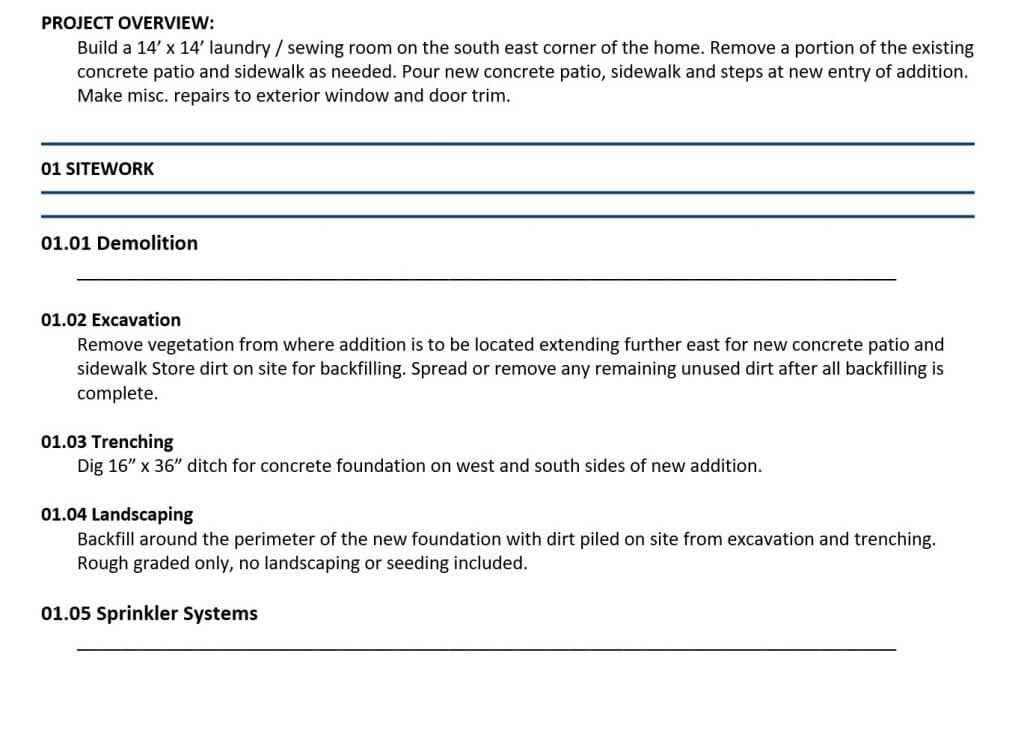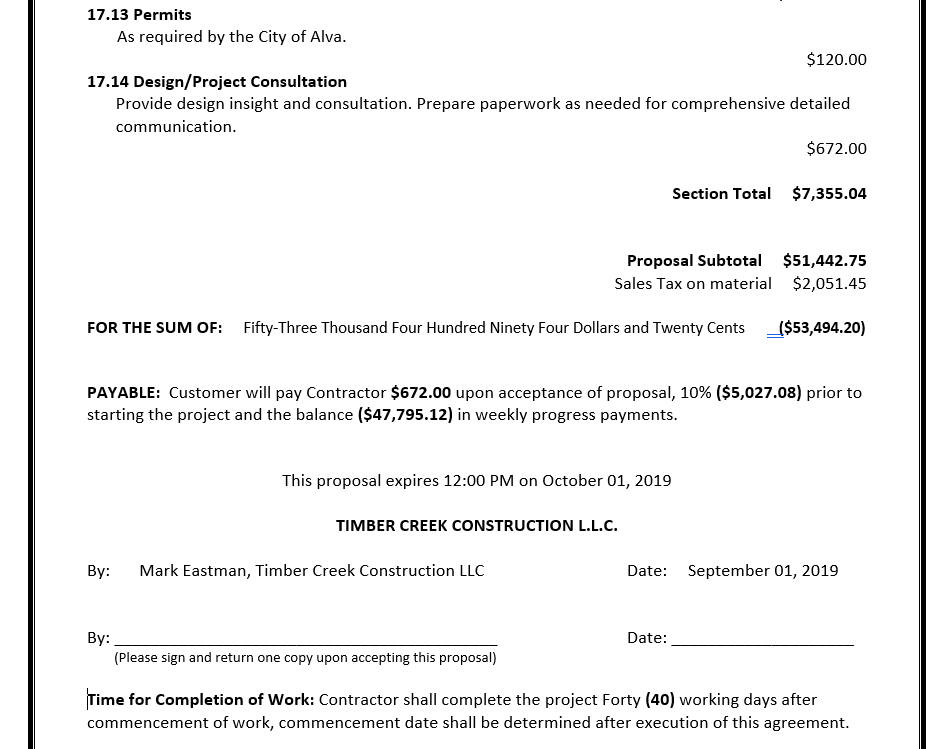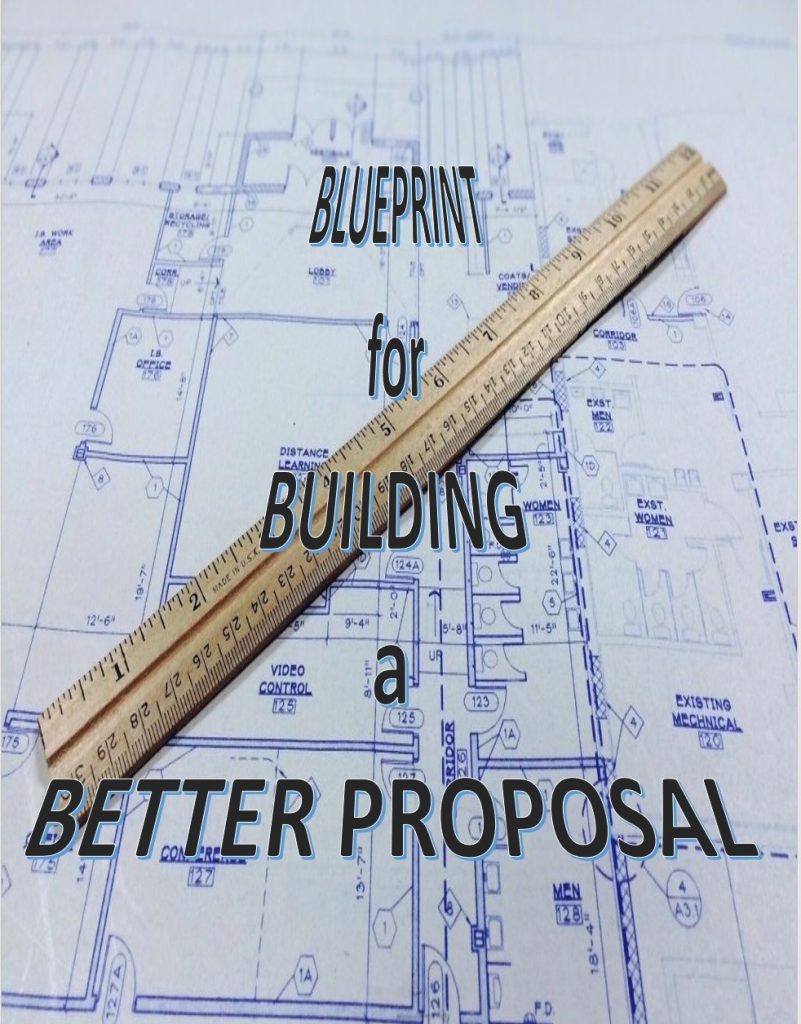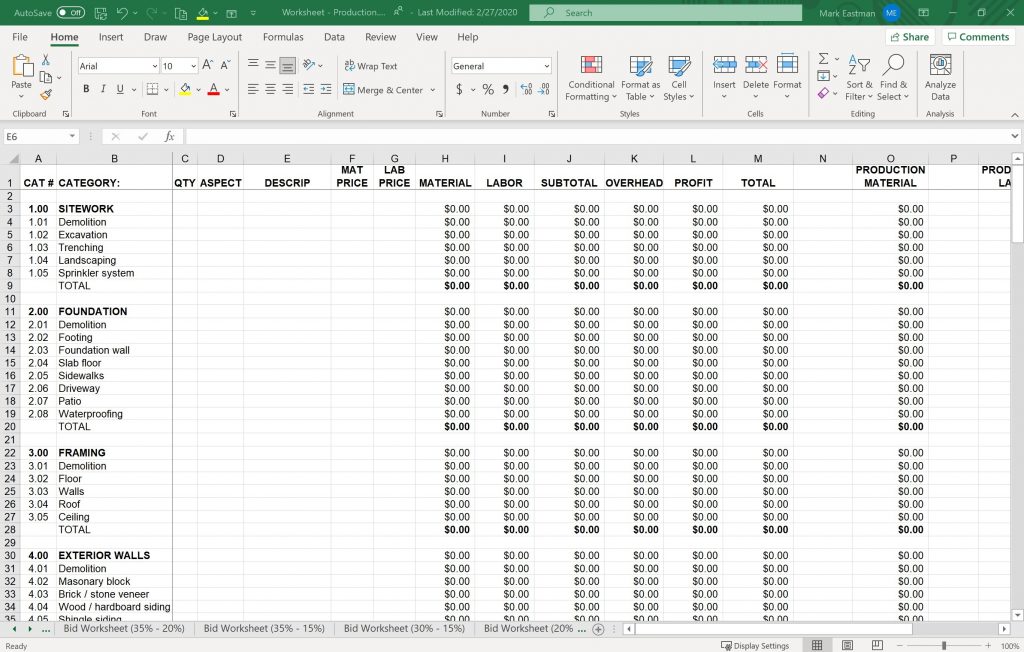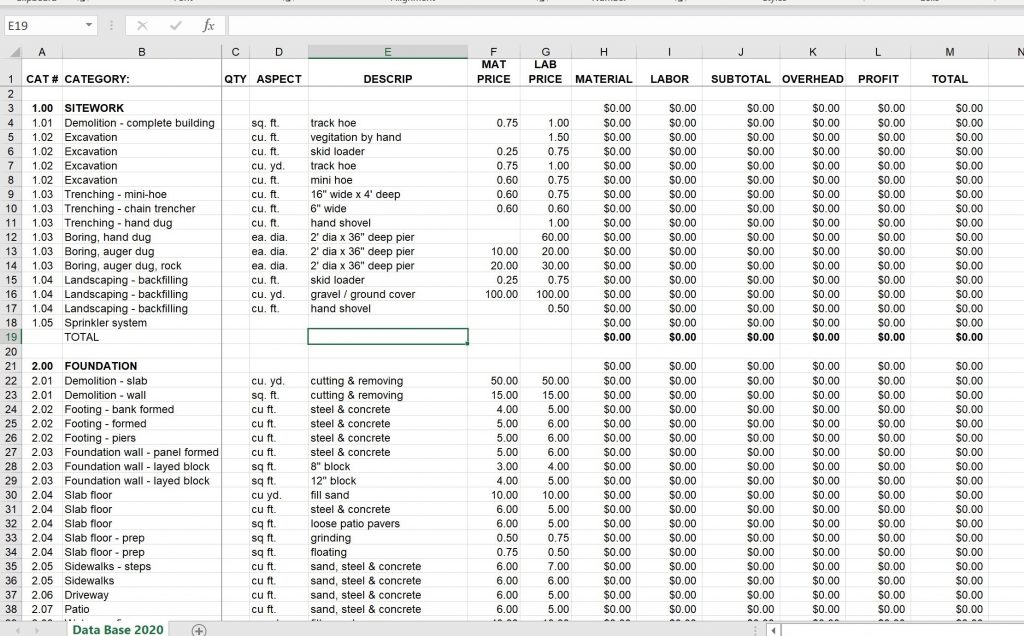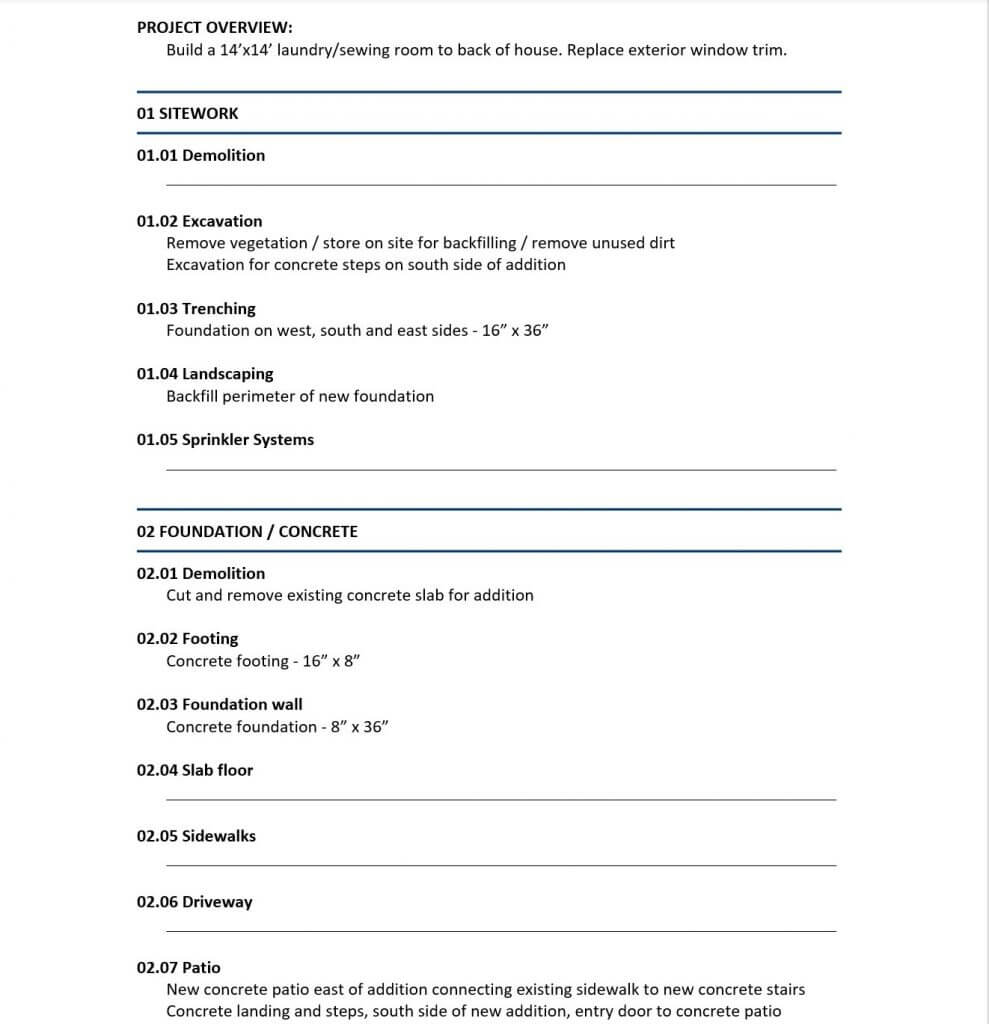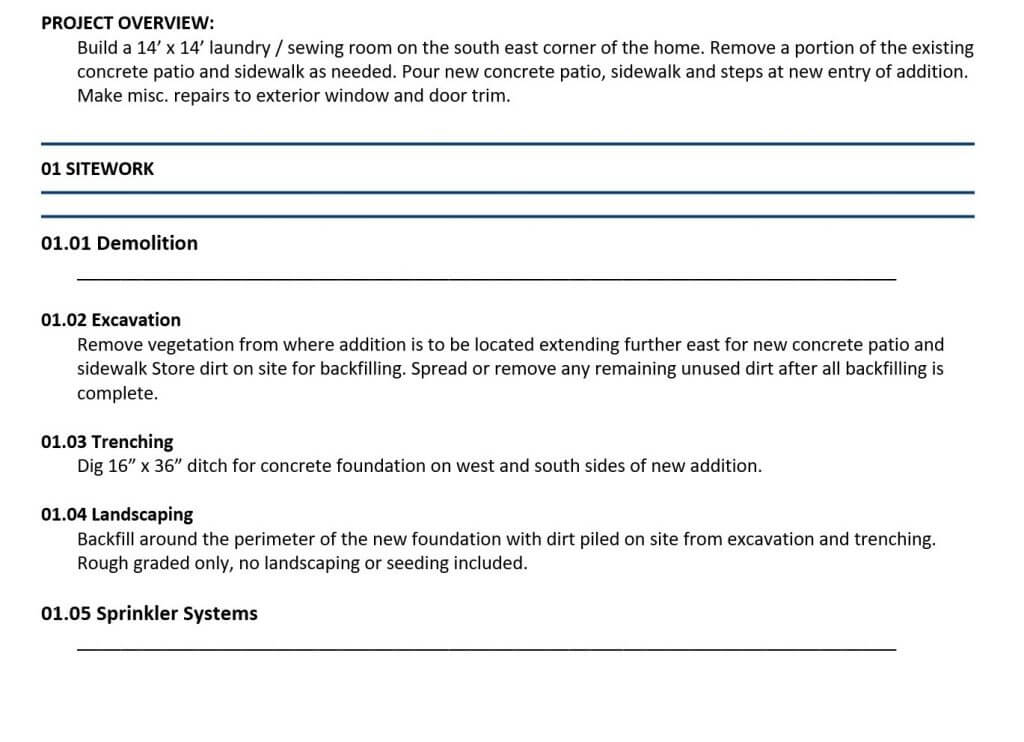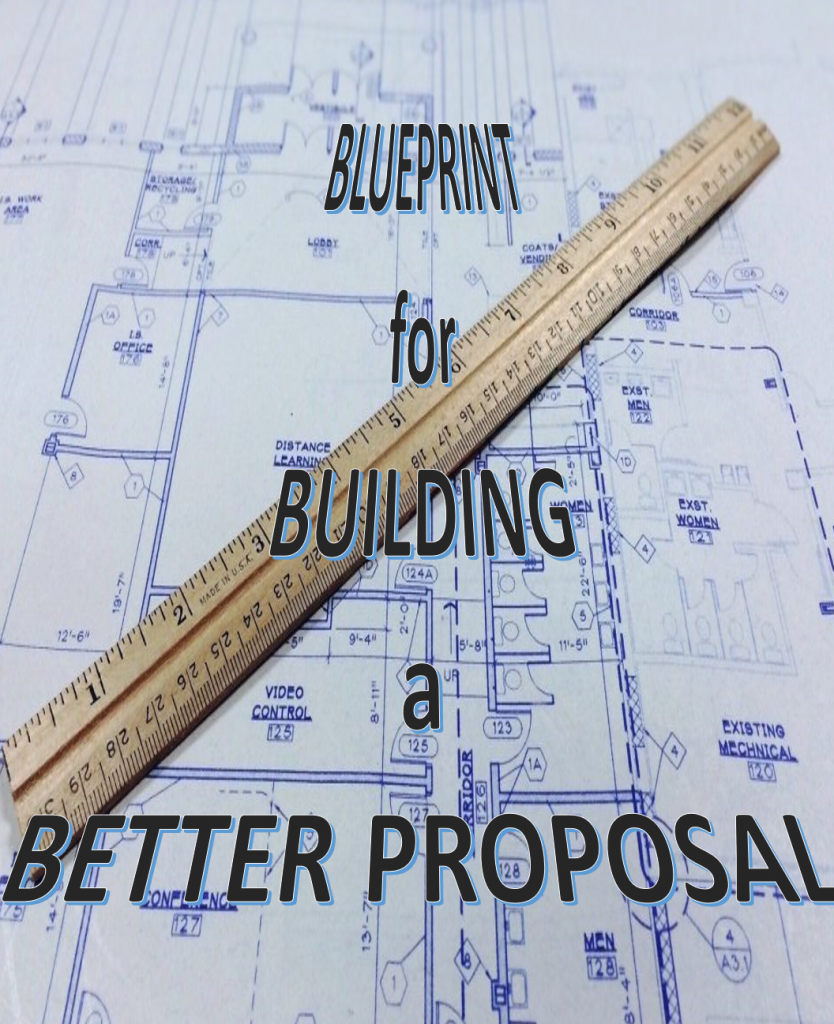The Subject of Being too Busy is a Broken Record
The term “broken record” describes something that is frequently repeated — it refers to a damaged record that would get stuck and repeat part of a recording over and over again until you moved the record player needle.

This describes the current topic of “busy”.
Every conversation that I currently have with subcontractors, suppliers and customers, starts, ends or is all about this subject. Throughout my career in construction this has been a popular topic, but no more than now. It’s like a broken record.
Construction is where the majority of my conversations happen, but “busy” is everywhere. I’ve had the “busy” conversation with a lot of people in a lot of places, i.e., masterminds, workshops, church, etc.
The “busy” conversation is nothing new.
As a matter of fact, I’ve written about this topic since I’ve been posting blogs. In October of 2015 I wrote about easing the stress of being too busy.
Here is an excerpt of that post –
This morning as I was posting in my journal, I started thinking about all of the things that I didn’t get done yesterday. Then I began to think about how many times I have posted this same thing over and over. It sure seems that I spend way too much time feeling overwhelmed and behind. I really want to get more done!
Then I thought about all of the times that I’ve had this conversation with other people. “How is your day going? Man, I am so far behind I don’t think I will ever get caught up. I sure wish there were more hours in the day.” I have heard these or similar comments more times than I can count.

Our lives can feel like a 20,000-piece jigsaw puzzle was dumped out in front of us with no picture of what it is supposed to look like when it’s done.
So how can we get all of these pieces to fit…or can we? This is the big question. It would be nice to know what the finished puzzle is supposed to look like. This puzzle can be tough and frustrating. I think it is especially difficult for those of us who are ‘recovering perfectionists’. We want all the pieces to fit just right. To know ahead of time exactly where each piece is supposed to go. This particular puzzle, called life, doesn’t work like that.
Here are some reasons we struggle with our puzzle and some ideas to help us get our pieces to fit.
- We pick up too many pieces by over scheduling. There are so many pieces…Start with the corner pieces. Put in the most important pieces first.
- The puzzle isn’t going together as fast as we want. Sometimes (most times) things just take longer…do as much planning and preparation as we can before we start, but don’t over plan. Spread the pieces out, find the edge pieces and get started.
- With so many pieces in front of us we lose our focus. After we have put the edge pieces in place…remember that we can only put one piece in at a time. Concentrate on that one. If it doesn’t fit, then pick up a different piece and focus on it.
Life is a puzzle. What really makes this puzzle fun and exciting is that while we are putting our puzzle together other people are doing the same thing and their puzzle connects to ours.
Taking control of the “busy” requires that we are clear about our mission and only pick up puzzle pieces that belong in our puzzle.

Just like a “broken record” if we don’t want to keep listening to the stuck and repeating recording…we have to move the needle.
Previous “broken record” posts dealing with busy –
How to Get Your Puzzle Pieces to Fit
Who Should I Blame for Being Too Busy?
Spend Time Wisely, There’s a Limited Amount
Deciding What Should be First on the List
What Makes One Rock More Important Than Another?
What Makes One Thing More Important Than Another?
What Actions Do You Need to Take to Accomplish Your Mission?
